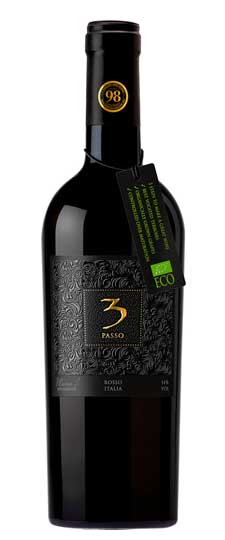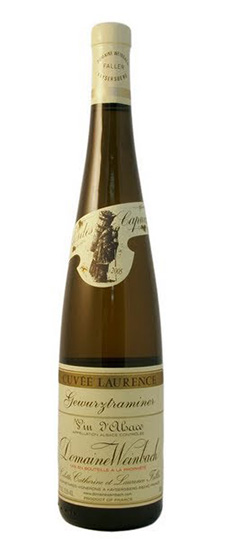Wine Score
Champagne Ruinart

Since its foundation in 1729, the first established House of Champagne has taken pride in the excellence of its cuvées. The Ruinart taste bears the signature of Chardonnay, the thread that runs through all its blends and produces pure and intense wines of remarkable aromatic freshness.
As the emblem of the House, Blanc de Blancs is the perfect expression of the Ruinart taste and is comprised of 100% Chardonnay grapes grown primarily with Premiers Crus.
The blend is 100% Chardonnay from various years (comprising 25 to 30% reserve wines from the previous two years). Provenance: A large majority of Premiers Crus from the Côte des Blancs and Montagne de Reims vineyards for aromatic refinement, supplemented by Sézannais wines known to provide maturity. Wines from the north of the Vesle valley give a light, fresh touch.
Ruinart Blanc de Blancs is a perfect champagne for all occasions: aperitifs, lunch, dinner or celebratory meals. This cuvée marries perfectly with dishes such as sea scallop carpaccio and sea bream tartare. It makes a lovely accompaniment to pineapple and prawn skewers. The vivacity of Ruinart Blanc de Blancs is a perfect complement to seafood and white fish.
Champagne Ruinart Rosé
Ruinart Rosé is the very first Rosé Champagne in history and dates back to the 18th century. Ruinart is a real Champagne Royalty located in the heart of the Champagne Region, in Reims.
The colour is a delicate pomegranate pink with very slightly orange reflections. The sparkling, light effervescence has a persistent foam.
The nose is subtle and fresh, first offering an original palette of tropical fruits (guava and lychee) and small berries (raspberries, cherries and wild strawberries) in the first instance. These are followed by rose and pomegranate notes which complete the complex, intense aromatic profile.
On the palate the attack is distinct and full, cradled by a gentle effervescence. The aromas of freshly picked berries are fully expressed. The balance brings together a delightful freshness and voluptuous body, expressed by an elegant bracing touch of mint and pink grapefruit.
Region
Champagne Brut Wines
Champagne Brut is dry, sparkling wine from the Champagne region of northern France. Champagne of any color can be brut, both the standard white and Rosé. It is made from the classic Champagne Blend (typically Chardonnay, Pinot Noir and Pinot Meunier) but in theory can also include the four lesser-known Champagne varieties: Pinot Blanc, Pinot Gris, Petit Meslier and Arbane.
The French word brut translates roughly as ‘raw’, and in this sense it indicates a wine bottled in its natural, raw state – i.e. without a significant addition of sweetness (dosage). In practice, almost all brut Champagnes do receive a small addition of sweetness prior to final bottling. Nowadays, the terms “brut nature” and “zero dosage” are used to indicate champagnes with no dosage at all. See Brut Nature.
 Champagne Brut
Champagne Brut
Rows of riddling racks in Champagne
The laws governing Champagne wine labels define brut wine as “containing less than 15 grams per liter of sugar”. This same definition is reflected in E.U. law, and applies to sparkling wines from all European countries. In non-sparkling wines, which lack Champagne’s sparkle and high acidity, this much sugar would leave the wine perceptibly sweet.
The brut style was pioneered by top-end Champagne house Perrier-Jouet in the mid-19th Century, originally for their extensive market in England. The 1846 vintage marked the beginning of a new era; in that year Perrier-Jouet took the brave decision not to add any sugar to their wines destined for the English market. Prior to this, Champagne had always been sweetened, but the drier, unsweetened style soon gained in popularity. Technically speaking, what Perrier-Jouet created would now be defined as Brut Nature.
In the late 20th and early 21st Centuries, dry, white, brut Champagne has become the default. It is now vastly more popular than sweeter styles such as Sec, Demi-Sec and Doux.
The other official Champagne sweetness levels:
- Doux (50+ g/L)
- Demi-sec (33–50 g/L)
- Sec (17–35 g/L)
- Extra-Sec (12–20 g/L)
- Brut (0–12 g/L)
- Extra Brut (0–6 g/L)
- Brut Nature/Zero (0–3 g/L).







